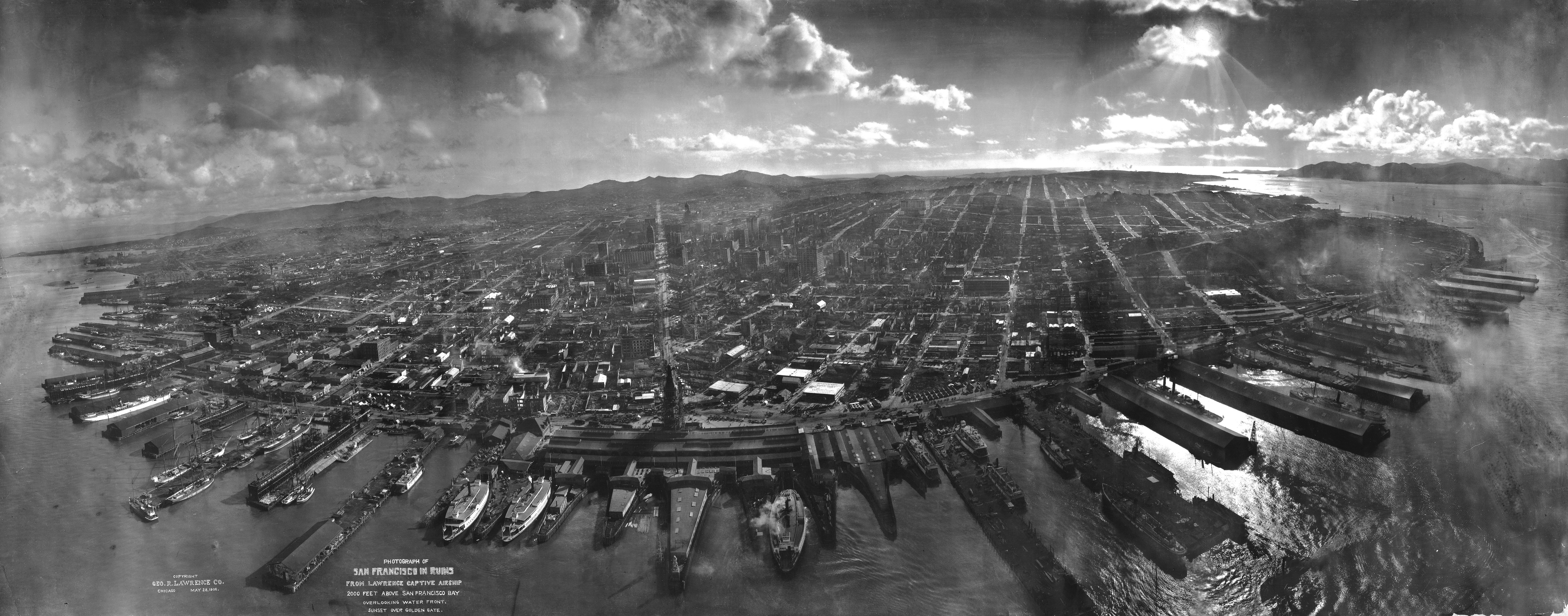
In the wake of natural disasters, an abundance of homes, buildings, communities, and cities are left in ruins, a crumbled version of their former selves. Tragedy on this scale gives cities the unenviable but unique opportunity to rebuild—in some cases to start from scratch. The damage inflicted by the Great Chicago Fire of 1871 allowed the city to rebuild into what many consider one of the best designed cities in the world. How Kathmandu, the most recent city to crumble by virtue of catastrophe, will rebuild its ancient city has yet to be determined—although initial estimates say the cost will exceed $10 billion—but how others have has been determined by a messy mix of economic, cultural, and infrastructural interests.
Unsurprisingly, money is the determining factor in most rebuilding efforts. Eugenie Birch, a professor of urban planning at the University of Pennsylvania, explained to the Huffington Post in 2013 that roads and underground infrastructure often receive the first recovery dollars. And contrary to what one might idealistically assume, cities often don’t follow in Chicago’s footsteps and create a better supported, fully realized version of their former selves. Instead, “there is an inertia to get back to the way things were the day before,” Birch said. “It can work against any visionary, bold planning.”
“We want to look at the post-disaster environment as an opportunity not only to build safe houses, but to create change.”
Rebuilding also sometimes means ignoring the fact that a city that experiences a natural disaster is likely to experience it again. As NPR reported in 2013, after a 2004 tsunami killed 230,000 people in Sri Lanka, there was a crucial decision to be made about whether to rebuild what had been swept away or to move citizens away from the coast. “We want to look at the post-disaster environment as an opportunity not only to build safe houses, but to create change, as it’s likely that the region is going to experience similar disasters in the future,” Elizabeth Hausler Strand, a civil engineer and CEO of Build Change, told NPR.
On the other side of the globe, Tuscaloosa, Alabama, was ravaged by a tornado in 2011. In response, the city drafted the Tuscaloosa Forward Generational Master Plan, which rezoned existing residential areas in an attempt to create additional development opportunities. It was a purposeful, gradual plan that incorporated both positive and negative community feedback. There was a complex push and pull between building a community better prepared for the next disaster and one that didn’t sacrifice its culture in the process. Losing a city’s soul, so to speak, after a disaster is a complex issue that’s been the subject of recent research.
University of Pennsylvania professors Birch and Susan M. Wachter explored this at length in their 2006 book, Rebuilding Urban Places After Disaster. They argued that, when considering the key issues of any rebuilding effort, cultural values are often missing from the list. These are the type of things that economists call “non-use” values—”qualities like beauty, feeling, meaning, and symbolism,” Birch and Wachter wrote. “Often overlooked, they are difficult to measure and, by definition, ‘priceless.’” These “priceless” factors, while not quantifiable, often constitute the essence of a city.
Birch and Wachter suggest that failing to restore a cities’ culture, in whatever form that takes, is a “recipe for unbalanced urbanism and unsustainable development.” As Kathmandu lays in ruins, the small but ancient city needs to find the best way to rebuild. Balancing tradition, safety, and cost in that plan will be a battle of Himalayan proportions.





